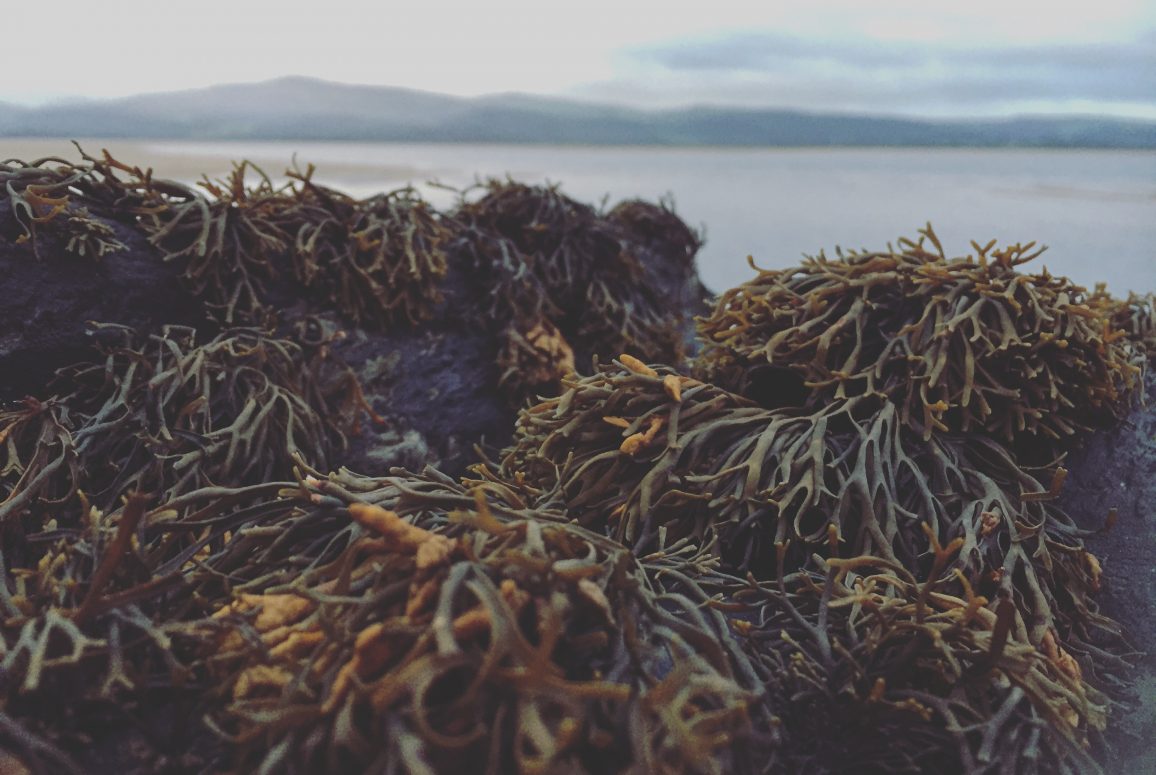
In general, rivers in the UK are cleaner than they’ve been for 150 years, ditto for most beaches. Many swimmers rely on looking at the water rather than data to judge it: it’s not infallible, but if the water looks appealing, it probably is clean enough for you, and if it looks unappealing (scummy or cloudy), or it smells wrong, then your instinct to stay out is a good one.
There are three particular health hazards swimmers need to be aware of. The first two of these are generally misunderstood and therefore overstated on safety signs and in the press. Pollution, however, can be a real danger in some areas, especially after high rainfall.
Blooms of blue green algae can spring up on warm still water over summer. Swimming in algae can cause skin rashes and allergic reactions, and can be fatal to dogs. Read more: Algal Blooms here.
There is much public fear concerning Weil’s disease which is the serious form of a bacterial infection called leptospirosis. The risk of contracting leptospirosis is small (minuscule by comparison to the risk you take when getting into a car) but nonetheless real. The mortality is 5-10%, and the disease is usually self-limiting. To mitigate the risk, cover cuts with waterproof dressings and avoid stagnant water. If flu-like symptoms develop within 1-3 weeks of swimming see your doctor. The illness is most likely to be picked up on the banks, while entering and exiting fresh water. Read more: Understanding Weil’s disease.
 © Vivienne Rickman Poole
© Vivienne Rickman Poole
There are several sources for water pollution; the most common are sewage outfalls, farmland runoff, and industrial or mine pollution.
Mostly these are caused or exacerbated by heavy rain, and inland water purity can be an issue at times of very low rainfall as the sewerage system works on a ‘dilute and disperse’ mechanism, and at times of low flow pollutants are concentrated.
The Rivers Trust, in their campaign for Rivers Fit To Swim In, have created an interactive map of sewage discharges into England’s rivers which allows swimmers to choose to avoid swimming directly downstream of them after heavy rain.
Whatever water you swim in, basic hygiene – washing hands after swimming and before eating – will help reduce risk of any after effects from pollution.
The ‘Am I Safe‘ post on this website includes a guide to Understanding Weather, and here is more on Understanding wind and rain. See also 10 Ways to Stay Well Swimming.
More info